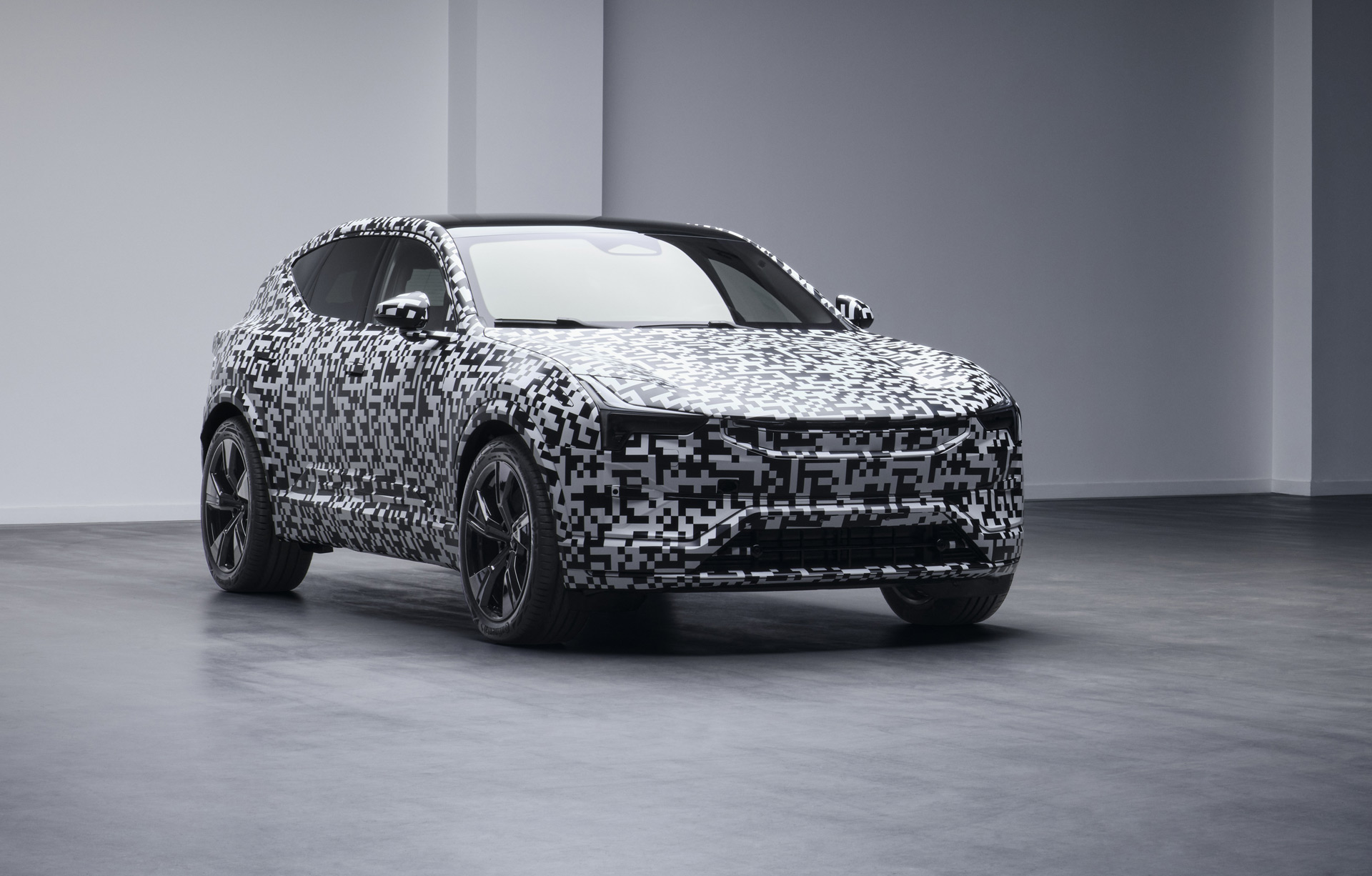

Polestar developing its own electric motors, batteries, electrical architecturePolestar developing its own electric motors, batteries, electrical architecture
Polestar isn’t messing around.
The company didn’t exist in its current form a few years ago, and plans to go from zero sales in 2018 to 290,000 annual sales by 2025, with a break-even point by 2023 and profitability by 2025. Here’s how.
Gregor Hembrough, head of Polestar Americas, told Green Car Reports earlier this month at a Polestar 1 drive that the future of Polestar really has nothing to do with, nor does it look like, the Polestar of today. “There’s no reason the Polestar 2 and Polestar 3 will be talked about in the same sentence,” Hembrough said.
L to R: Polestar 5, Polestar 4 and Polestar 3
Polestar’s goal is exponential growth with the introduction of the Polestar 3, Polestar 4, and Polestar 5. The automaker’s target is the Porsche Cayenne with the Polestar 3, which it has already said will be a performance-focused EV. The Polestar 4 is aiming for the Porsche Macan. And the Polestar 5 will be putting a bullseye on the Porsche Panamera and Taycan.
Specifically, Hembrough said, “Polestar wants to be a Porsche competitor, in design, performance, and innovation.”
Polestar P10 electric motor and gearbox
To that end, Polestar’s developing its own electric motors in-house in Sweden. Codenamed P10, the new electric motor will be about 1.5 times more powerful than those in the Porsche Taycan, with the target being 475 kw (a little over 600 hp). The motors will be compact at 36 by 50 by 64 cm) and connect to a 2-speed gearbox and the ability to disconnect for efficiency gains.
It was noted by Hembrough that Polestar’s new motors would not be shared with Volvo or Lotus, both of which are partners and sit within the parent company, Geely, automotive group.
Polestar, Volvo, and Lotus in-house developed 800-volt electric architecture and battery pack
Polestar’s UK team is currently developing a new in-house designed battery pack with Volvo and Lotus (the latter two will have access to the pack) with a new 800-volt electrical architecture. The new design will incorporate simplified compatibility with 400V fast-charging as well.
Hembrough was tight lipped on battery cell type, supplier information, and peak charge rate, but he noted at 103 kwh the pack would charge to 80% in 20 minutes or less. Bi-directional capability and V2X charging scenarios are also baked into the component set, at a rate of up to 20 kw.
Polestar, Volvo, and Lotus in-house developed 800-volt electric architecture
All these components will sit within a new aluminum space frame architecture Polestar’s developing as a clean-sheet platform for the Polestar 5. Volvo and Lotus will not have access to the new platform, according to Hembrough, though the executive noted Lotus will likely help with certain synergies such as suspension tuning.
The Polestar 3, which will go into production in a year with deliveries taking place in Q1 of 2023, will ride on Volvo’s SPA2 platform, Hembrough said. This will be the same platform underpinning the Volvo XC90 successor, though it’s yet to be seen if any of these new components make their way into the Polestar 3.
Hembrough said Polestar will begin taking orders by the middle of 2022 for the Polestar 3, with the Polestar 3 to follow in 2023 and Polestar 5 in 2024.
View original article at: “https://www.greencarreports.com//news/1134454_polestar-developing-electric-motors-batteries-electrical-architecture”
Add a comment Cancel reply
Comments (0)
how to join illuminati
… [Trackback]
[…] Here you can find 96339 additional Info to that Topic: autoseu.com/polestar-developing-its-own-electric-motors-batteries-electrical-architecturepolestar-developing-its-own-electric-motors-batteries-electrical-architecture/ […]
Related posts


Electric SUVs: Top 6 Models for Family Trips











